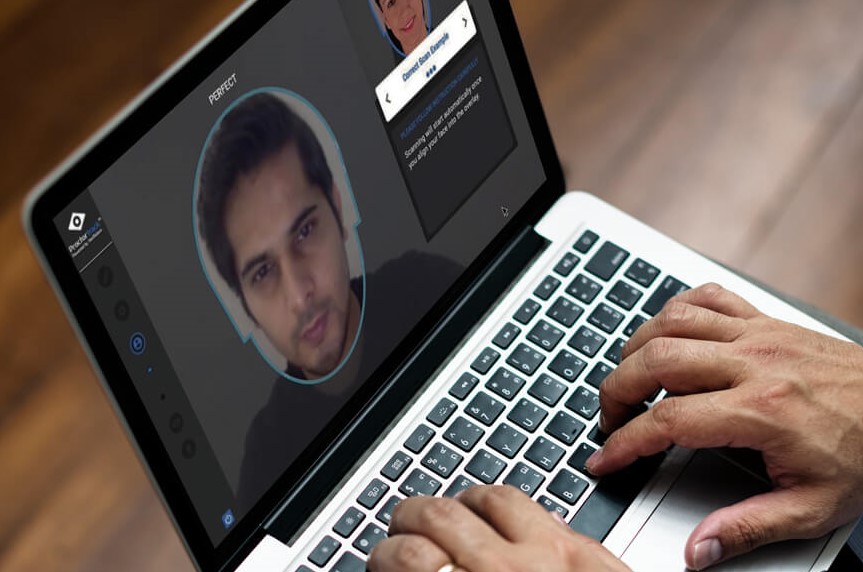
Several weeks ago, I saw a student campaign on social media against their university’s decision to use an online proctoring software for the invigilation of semester exams. Some of the students were highly resistant to install the software to their personal devices and were “ready to drop” their courses if the university wouldn’t change its plans. But why would students of the current generation demonstrate such resistance towards technology?
The COVID-19 pandemic has changed the landscape of higher education which are going to last very long if not forever. This reality appeared to be accepted by many higher education providers and their strategic priorities have been changed in favour of this new reality. Part of this significant shift in practice of teaching and learning is related to the use of digital technology in the classroom which may be confronting to many teachers and students. It can be more significant when it comes to technologies such as digital proctoring tools which could pose some threats for student privacy.
Digital proctoring is monitoring students remotely during an assessment task using technology-based methods to ensure that students are completing the task without accessing to any unauthorised materials or people. This is typically done through a specific software which often need to be installed on individual students’ personal computers. Having credible mechanisms for proctoring is essential to ensure the academic integrity of student assessments, especially, where teachers are unable to physically monitor students. By using appropriate digital proctoring tools, students can be prevented from common academic misconduct such as using unauthorised learning materials, collaborating with peers, and seeking help from another person during an online assessment task.
While digital proctoring tools can be handy for educational providers, there are some common concerns to be addressed when using them. One of the major issues is student privacy. A key aspect of digital proctoring tools is student identity verification. This if often done by scanning a photo identification such as a driver license and/or capturing biometric data such as facial recognition. It may also include knuckle scans, typing analyses, and meta-data of the internet browser used by students. Some proctoring tools may also access to the saved files in the computer. All the data captured by a proctoring tool are stored for teaching staff to review. Such data are highly personal and risky in the events of being accessed by unauthorised parties, especially given the sheer number of cybercrimes that occur every day.
Another common issue of digital proctoring is related to student equity. There have been reports that the face recognition software used by some proctoring tools have trouble identifying faces of people with certain skin colours, especially if the room lights are not bright. This means that these students are not being able to access the exam in the first place or their exams are being locked in the middle of a session. In addition, students with disabilities may have some behaviours that a proctoring tool may recognise as “cheating” such as issues with eye contacts, being unable to sit for longer periods, or having certain types of body movements. Furthermore, some students may have issues with having suitable hardware (computer, webcam etc.) required by certain proctoring tools. Such issues may make some students more vulnerable and put them at a difficult spot which is certainly not fair for them.
Like many other technology tools that are used in education, digital proctoring tools have benefits and drawbacks. While proctoring tools can prevent common misconduct of students during an online assessment task, it may create a fair load of mental burdens, anxiety, and some serious equity issues. Therefore, before digital proctoring tools are implemented, it is important to understand the student demographics and their needs and establish necessary measures to minimise the potential detrimental effects of digital proctoring on students and their learning.
